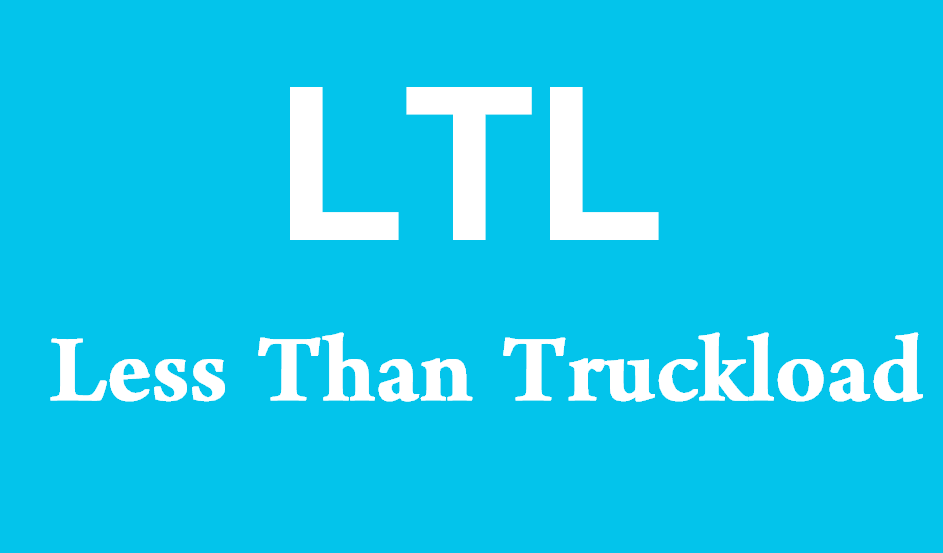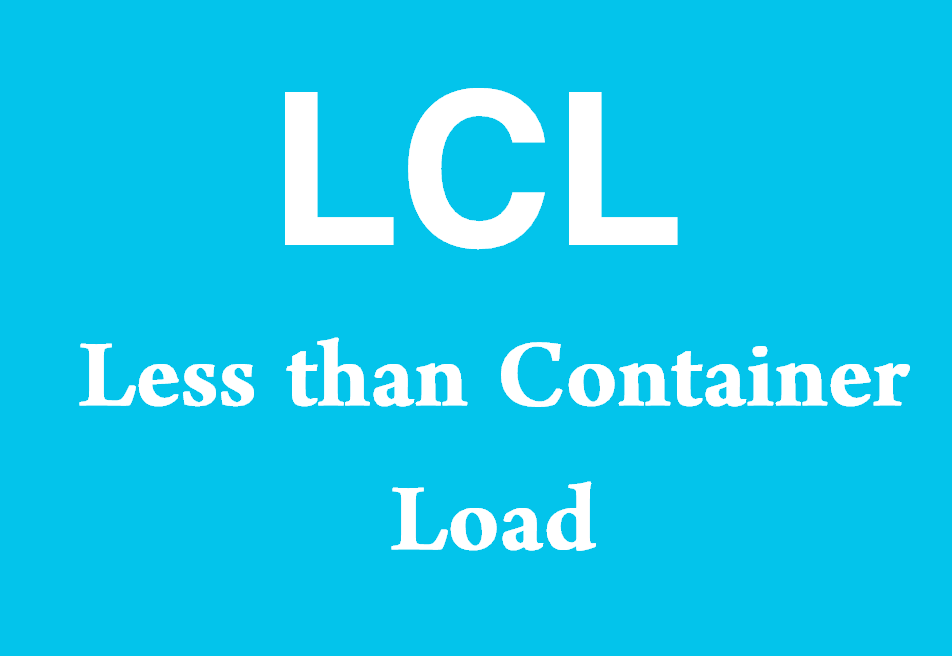What Does LTL Stand For?
LTL stands for “Less Than Truckload.” Less Than Truckload shipping refers to the transportation of relatively small freight shipments that do not require the full capacity of a truck. LTL carriers combine shipments from multiple customers into a single truckload, which optimizes the use of space and reduces shipping costs for each individual shipment.

Comprehensive Explanation of Less Than Truckload (LTL)
Introduction to Less Than Truckload (LTL)
Less Than Truckload (LTL) shipping is a popular method of transporting goods that do not require an entire truck’s capacity. This shipping method is ideal for businesses that need to move smaller quantities of goods and want to benefit from the cost savings and efficiencies of shared transportation. LTL carriers consolidate shipments from multiple customers into one truck, allowing them to maximize space utilization and reduce overall shipping costs.
How LTL Shipping Works
Consolidation of Shipments
In LTL shipping, multiple small shipments from different customers are consolidated into one truck. Each shipment occupies only a portion of the truck’s space, and the total volume or weight of all shipments determines the truckload. This process allows carriers to optimize the use of their fleet and provide more cost-effective shipping solutions to customers.
Hub-and-Spoke Model
LTL carriers often use a hub-and-spoke model to manage their shipments. In this model, shipments are collected from various locations and brought to central hubs. At the hubs, shipments are sorted and consolidated based on their destinations. The consolidated shipments are then transported to regional distribution centers or directly to their final destinations.
Freight Classification and Pricing
LTL shipments are classified based on factors such as weight, dimensions, density, value, and the type of goods being transported. These classifications, known as freight classes, are used to determine shipping rates. The National Motor Freight Traffic Association (NMFTA) establishes standard freight classes in the U.S., ranging from Class 50 (least expensive) to Class 500 (most expensive).
Benefits of LTL Shipping
Cost Savings
One of the primary benefits of LTL shipping is cost savings. By sharing truck space with other shippers, businesses can reduce their shipping costs compared to Full Truckload (FTL) shipping. LTL carriers charge based on the space used and the weight of the shipment, making it a more economical option for smaller shipments.
Flexibility
LTL shipping offers greater flexibility for businesses that do not have enough freight to fill an entire truck. It allows for smaller, more frequent shipments, which can help manage inventory levels and reduce storage costs. This flexibility is particularly beneficial for businesses with fluctuating shipping needs.
Environmental Benefits
LTL shipping can be more environmentally friendly than FTL shipping. By consolidating multiple shipments into one truck, LTL carriers reduce the number of trucks on the road, leading to lower fuel consumption and reduced greenhouse gas emissions. This makes LTL shipping a more sustainable option for transporting goods.
Challenges of LTL Shipping
Longer Transit Times
One of the challenges of LTL shipping is longer transit times compared to FTL shipping. Since LTL shipments are consolidated and may go through multiple hubs and distribution centers, the overall delivery time can be longer. Businesses need to account for this when planning their shipping schedules.
Handling and Damage Risk
LTL shipments are handled more frequently during the consolidation and distribution process. This increases the risk of damage or loss compared to FTL shipments, which are typically loaded and unloaded only once. Proper packaging and labeling are crucial to minimize the risk of damage during transit.
Complexity in Coordination
Coordinating LTL shipments can be more complex than FTL shipping. Businesses need to work with carriers to determine the best routes, schedules, and freight classes. This requires careful planning and communication to ensure timely and accurate delivery.
Key Players in the LTL Industry
Major LTL Carriers
Several major carriers dominate the LTL shipping industry. These carriers have extensive networks and offer a range of services to meet the diverse needs of their customers. Some of the leading LTL carriers in the U.S. include:
- FedEx Freight: Known for its extensive network and reliable service, FedEx Freight offers a range of LTL shipping options, including standard, priority, and expedited services.
- XPO Logistics: XPO Logistics is a leading provider of LTL services, offering efficient and cost-effective shipping solutions across North America.
- YRC Freight: YRC Freight is one of the largest LTL carriers in the U.S., providing comprehensive LTL services with a focus on customer satisfaction and reliability.
- Old Dominion Freight Line: Old Dominion is known for its high-quality service and extensive LTL network, offering a range of shipping options to meet customer needs.
Innovations and Trends in LTL Shipping
Technology Integration
The integration of technology is transforming the LTL shipping industry. Advanced tracking systems, real-time data analytics, and automated processes are improving efficiency and visibility. These technologies help carriers optimize routes, manage capacity, and provide better customer service.
E-commerce Growth
The growth of e-commerce is driving demand for LTL shipping. As more consumers shop online, businesses need to ship smaller quantities of goods more frequently. LTL shipping offers a cost-effective solution for meeting the fast-paced demands of the e-commerce market.
Sustainability Initiatives
Sustainability is becoming a key focus in the LTL shipping industry. Carriers are investing in eco-friendly technologies and practices to reduce their environmental impact. This includes using fuel-efficient trucks, optimizing routes, and implementing green initiatives across their operations.
Future Outlook for LTL Shipping
Increased Demand
The demand for LTL shipping is expected to continue growing, driven by factors such as e-commerce expansion, globalization, and supply chain diversification. Businesses will increasingly rely on LTL shipping to meet their evolving logistics needs.
Enhanced Customer Experience
Carriers are focusing on enhancing the customer experience by providing better visibility, faster transit times, and more flexible shipping options. Investing in technology and customer service will be key to meeting the expectations of modern shippers.
Collaboration and Partnerships
Collaboration and partnerships between carriers, shippers, and technology providers will play a crucial role in the future of LTL shipping. By working together, stakeholders can develop innovative solutions to address industry challenges and improve overall efficiency.
Notes to Importers
Importance of LTL Shipping for Importers
For importers, LTL shipping offers a cost-effective and flexible solution for transporting smaller quantities of goods. Understanding the benefits and challenges of LTL shipping can help importers optimize their logistics operations and improve supply chain efficiency.
Key Considerations for Importers
Selecting the Right Carrier
Choosing the right LTL carrier is crucial for ensuring reliable and cost-effective shipping. Importers should consider factors such as the carrier’s network, service offerings, transit times, and reputation when selecting an LTL provider.
Proper Packaging and Labeling
Proper packaging and labeling are essential for protecting goods during transit and ensuring accurate delivery. Importers should use sturdy packaging materials, secure items with cushioning, and clearly label shipments with the necessary information.
Understanding Freight Classification
Importers need to understand freight classification to accurately determine shipping costs. Knowing the correct freight class for their goods helps avoid unexpected charges and ensures accurate pricing.
Practical Tips for Importers
Plan Ahead
Planning ahead is crucial for successful LTL shipping. Importers should schedule shipments in advance, account for potential delays, and communicate with carriers to ensure timely delivery.
Use Technology
Leveraging technology can improve visibility and efficiency in LTL shipping. Importers should use tracking systems, data analytics, and automation tools to manage their shipments and optimize their logistics operations.
Build Relationships
Building strong relationships with LTL carriers can lead to better service and more favorable terms. Importers should communicate regularly with carriers, provide feedback, and collaborate to address any issues.
Sample Sentences and Their Meanings
- “LTL shipping allows us to save on costs by sharing truck space with other shippers.”
- This sentence explains that LTL shipping helps reduce costs by consolidating shipments from multiple customers.
- “We use LTL carriers to handle our smaller shipments that do not require a full truckload.”
- This sentence indicates that the company uses LTL services for smaller quantities of goods.
- “Proper packaging is crucial in LTL shipping to protect our goods during transit.”
- This sentence emphasizes the importance of using appropriate packaging materials to prevent damage.
- “The growth of e-commerce has increased the demand for LTL shipping solutions.”
- This sentence highlights that the rise in online shopping has driven the need for LTL services.
- “By understanding freight classification, we can accurately determine our LTL shipping costs.”
- This sentence points out the importance of knowing freight classes to calculate shipping expenses correctly.
Other Meanings of LTL
| Acronym | Full Form | Description |
|---|---|---|
| LTL | Less Than Truckload | A shipping method for smaller freight that does not require a full truck. |
| LTL | Long Term Lease | A lease agreement with a duration typically longer than one year. |
| LTL | Local Telephone Line | A telephone line that serves a local area. |
| LTL | Linear Time Logic | A formal system used in computer science to express time-dependent propositions. |
| LTL | Low Threshold Language | A simplified language designed to be easy to learn and use. |
| LTL | Limited Trading License | A license that permits limited trading activities. |
| LTL | Life Time Learning | An educational philosophy that promotes continuous learning throughout a person’s life. |
| LTL | Lower Thermoluminescent | Refers to materials with low thermoluminescent properties. |
| LTL | Light-Triggered Latch | An electronic component that uses light to control latching. |
| LTL | Low Temperature Lubricant | A lubricant designed to operate effectively at low temperatures. |
| LTL | Legal Tender Law | A law that designates a particular form of money as acceptable for payment of debts. |
| LTL | Long-Term Liability | A financial obligation that extends beyond one year. |
| LTL | Low Tension Line | An electrical line carrying low voltage. |
| LTL | Load Time Limiter | A device or software that limits the load time of a system. |
| LTL | Limited Term Loan | A loan with a fixed repayment period. |
| LTL | Low Tolerance Level | A low threshold for tolerating certain conditions or stimuli. |
| LTL | Laser Target Locator | A device used to locate targets using laser technology. |
| LTL | Light Transport Layer | A layer in network architecture that handles light-based data transmission. |
| LTL | Logistical Transport Line | A transport route used for logistical operations. |
| LTL | Low Time Lag | Refers to systems or processes with minimal delay or lag time. |

